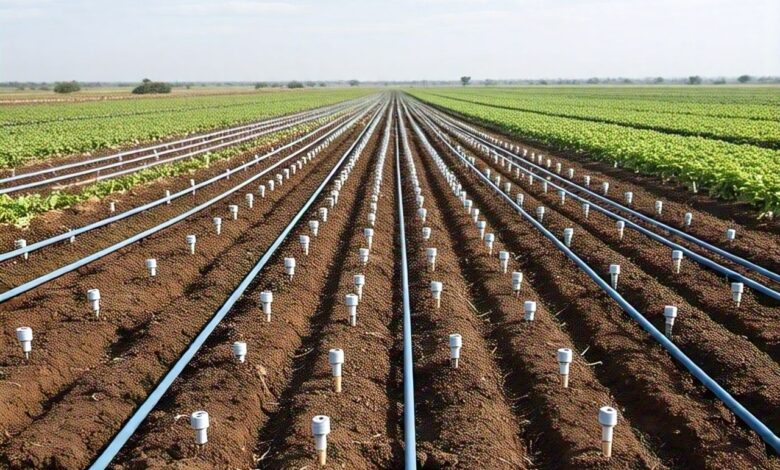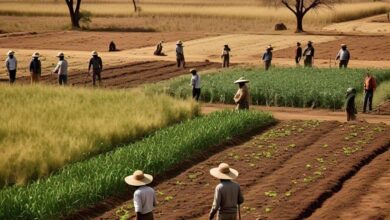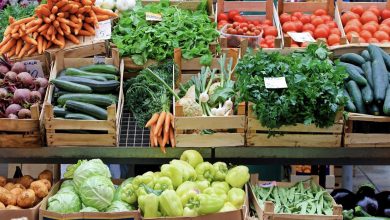Water Conservation Techniques for Sustainable Farming in Zimbabwe

Water scarcity poses significant challenges to agriculture in Zimbabwe, but innovative conservation methods are helping farmers thrive despite limited resources. This article explores the most effective water-saving strategies being implemented across the country’s agricultural sector.
Efficient Irrigation Systems: A Key to Water Conservation
Drip irrigation stands out as one of the most efficient methods for delivering water directly to plant roots, reducing evaporation and runoff. By precision-crafting water application, farmers can significantly boost crop yields while minimising water waste. This technique therefore aligns perfectly with Zimbabwe’s goal of maximising agricultural productivity using minimal resources.
Furthermore, rainwater harvesting systems are another crucial component of sustainable farming practices. Collecting and storing rainfall during periods of abundance allows farmers to supplement their water supply during dry spells, enhancing overall resilience. Also, these innovative approaches demonstrate how Zimbabwean agriculture is adapting to face the challenges of climate change head-on.
Soil Conservation Techniques
Additionally, conservation tillage plays a vital role in preserving soil health and retaining moisture. By minimising soil disturbance, this method helps maintain organic matter content and improves water infiltration rates. As Zimbabwe looks to enhance its agricultural sustainability, adopting these techniques could lead to significant improvements in crop yields and water efficiency.
Cover crops serve multiple purposes in water conservation efforts. They act as natural mulch, suppressing weeds and preventing soil erosion while also competing with unwanted plants for limited water resources. This dual benefit underscores the multifaceted nature of water-saving strategies in Zimbabwean farming practices.
Crop Selection and Breeding
Moreover, drought-resistant crop varieties are gaining popularity among Zimbabwean farmers seeking to optimise water use. By cultivating plants adapted to local climate conditions, growers can enhance productivity per unit of water consumed. This approach not only conserves water but also improves overall farm efficiency. Furthermore, it reduces vulnerability to drought-related crop failures.
Genetic engineering techniques like CRISPR/Cas9 are being explored to enhance drought tolerance in crops. By manipulating key genes involved in water stress responses, scientists aim to create more resilient plant varieties better suited to arid conditions. This cutting-edge research demonstrates how technology is being leveraged to address water scarcity challenges in agriculture. Therefore, Zimbabwe can use this approach to improve food security during drought.
Precision Agriculture and Data-Driven Farming
The integration of precision agriculture techniques is revolutionising water management in Zimbabwean farming. Remote sensing technologies allow farmers to monitor crop health and moisture levels remotely. This also enables data-driven decisions on irrigation timing and application rates. This approach minimises waste while ensuring crops receive precisely what they need, maximising water efficiency.
Furthermore, Internet of Things (IoT) devices are being deployed across farms to collect real-time data on soil moisture, temperature, and other critical factors influencing water usage. By analysing this information through sophisticated algorithms, farmers can optimise their water application strategies, leading to significant reductions in overall consumption.
Policy Support for Water Conservation
To encourage widespread adoption of these water-saving practices, Zimbabwe’s government has implemented supportive policies. The National Water Policy emphasises the importance of efficient water use in agriculture and provides incentives for farmers adopting conservation methods. Additionally, educational programs are available to raise awareness among rural communities about the benefits of water-efficient farming techniques.
Challenges and Future Directions
Despite progress, challenges remain in scaling up water conservation efforts across Zimbabwe’s agricultural sector. High labour costs associated with some conservation techniques, such as basin tillage, can be a barrier to adoption for resource-constrained farmers. Addressing these challenges require continuous innovation and policy support.
Looking ahead, researchers are exploring novel approaches like using algae-based systems to purify wastewater for agricultural use. This emerging technology could significantly expand the available water resources for farming, potentially transforming the landscape of Zimbabwean agriculture.
In conclusion, Zimbabwe’s agricultural sector is at the forefront of water conservation innovation. By embracing efficient irrigation systems, conservation tillage, drought-resistant crops and precision agriculture, farmers are not only adapting to climate change but also contributing to global food security. As the world grapples with increasing water scarcity, Zimbabwe serves as a model for sustainable agricultural practices in arid regions, demonstrating that productivity and environmental stewardship are not mutually exclusive goals.





